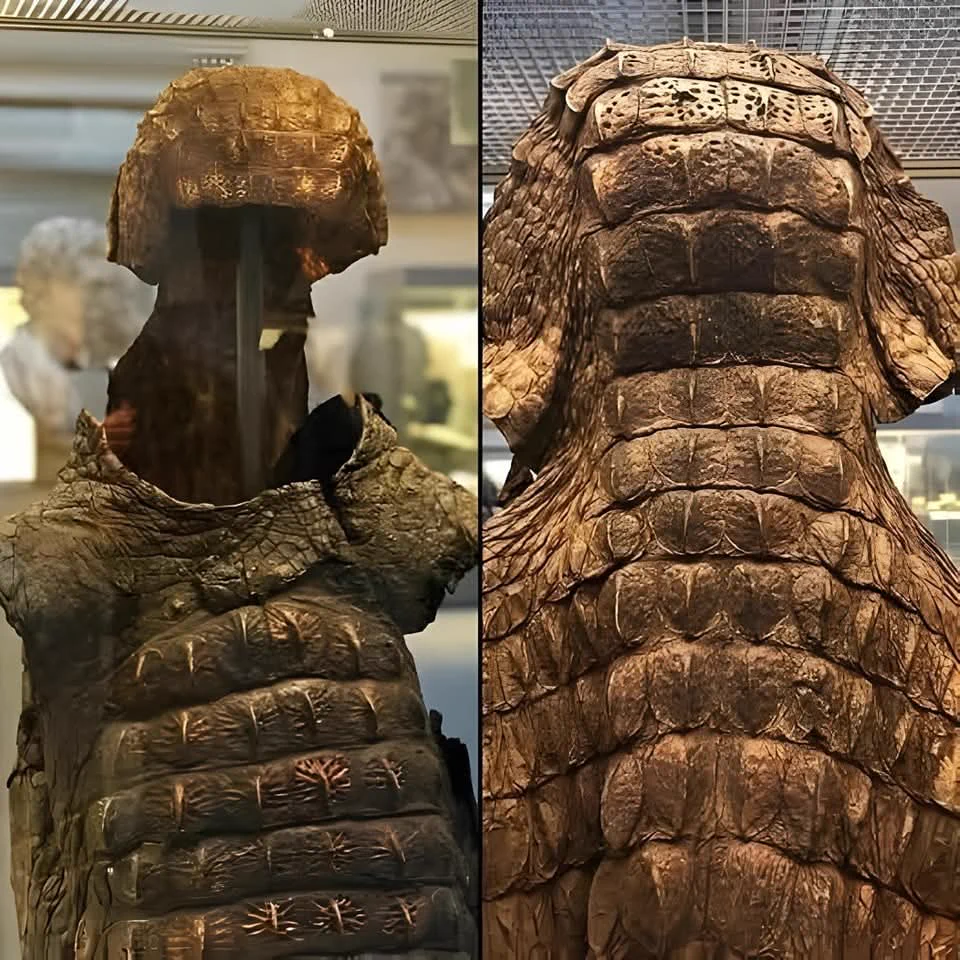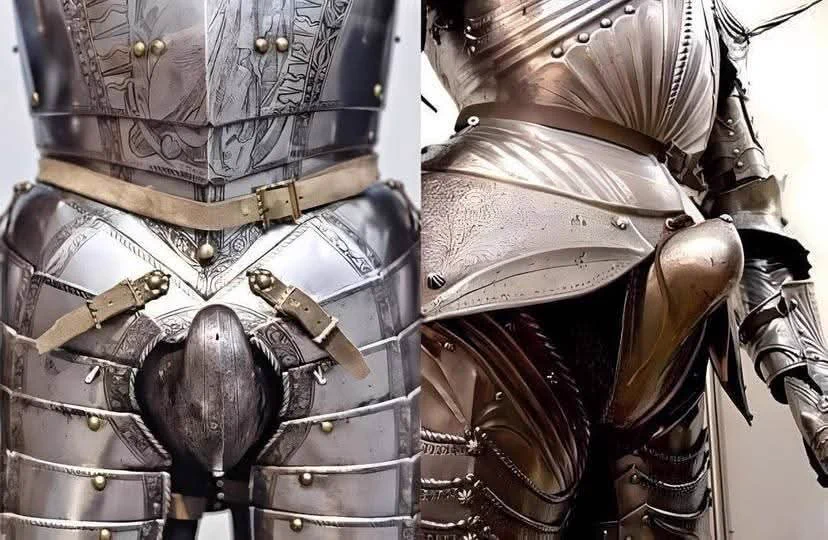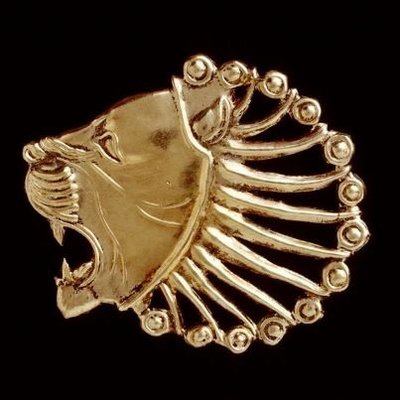Tweets in Worldwide
The ancient crocodile skin armor from Roman Egypt is a truly unique artifact that captures the fusion of Roman military tradition and Egyptian symbolism.
Dating back to 3rd Century AD, during the Severan dynasty this ceremonial armor highlights not only the ingenuity of its craftsmanship but also the significance of the crocodile as a powerful symbol in Egyptian culture.
The use of crocodile skin, a tough, exotic material—suggests that this armor was likely reserved for ceremonial purposes rather than battle. Crocodiles were deeply associated with Sobek, the Egyptian god of strength, fertility, and the Nile River. By incorporating crocodile skin into armor, the wearer would have projected an image of power, dominance, and divine protection, linking themselves to the natural and spiritual forces of the region.
The intricacy of the armor’s construction demonstrates the high level of craftsmanship in Roman Egypt, where local traditions often merged with Roman tastes. The Severan dynasty was a period of cultural integration, and this armor reflects how Roman rulers embraced and reinterpreted the iconography and materials of the provinces they governed.
Now housed at the British Museum, this remarkable artifact provides a rare glimpse into the ceremonial practices and visual language of Roman Egypt. It stands as a testament to the cultural and artistic blending that defined the Roman Empire’s provinces, where local traditions were incorporated into the empire’s grander narrative of power and control. The armor remains a striking reminder of how art and symbolism were used to convey authority and status in antiquity.
#drthehistories#
Show more

11
This fossilized skull may look like something out of a fantasy novel, but it’s a real prehistoric discovery. The skull belongs to *Dracorex hogwartsia*, an armored dinosaur from the Late Cretaceous period, specifically the Upper Maastrichtian stage. The name “Dracorex,” meaning “dragon king,” perfectly suits its dragon-like appearance, with spiky ridges, a rugged elongated skull, and bony protrusions. Its striking resemblance to mythical creatures serves as a fascinating reminder that some dinosaurs had features that mirrored legends long before humans ever imagined them.
A reconstructed image of *Dracorex hogwartsia* gives us a glimpse into what this dinosaur may have looked like in life. As a member of the pachycephalosaur family, it had a distinctive skull adorned with spiky armor, setting it apart from many of its relatives. The combination of its dinosaurian traits with the fearsome look of a dragon sparks curiosity and wonder, making this species a favorite among both scientists and dinosaur enthusiasts.
Discovered in the late 2000s, the skull has contributed valuable insights into the diversity of Late Cretaceous species. It has helped paleontologists better understand the evolutionary adaptations of dinosaurs before the mass extinction event. This find adds another piece to the puzzle of prehistoric life, showcasing the incredible variety of creatures that once roamed the Earth.
#drthehistories#
Show more

5
Ancient Greek helmets from the classical period kept in the storeroom of the Archaeological Museum of Olympia in Greece.
#drthehistories#

9
Discovered at a depth of 6.7m in the Arene Candide Cave 🇮🇹, this young hunter, known as the "Prince," is a remarkable find from the Upper Paleolithic period. His nickname, "Prince," is derived from the extraordinary grave goods that accompanied him, signaling the high status he likely held in his society. Standing at 1.7m tall, the young man was physically impressive, with strong arms—particularly his right arm, which was likely developed for throwing spears and legs honed through the constant exertion of hunting and foraging.
Analysis of his bones reveals that his diet was rich in meat from wild animals, supplemented by fish and mollusks, indicating a varied and highly skilled approach to survival. His body, laid on its back and covered in red ochre, was surrounded by a remarkable array of grave goods. These included a cap made from hundreds of perforated shells, a long flint blade originating from France held in his right hand, a shell bracelet with a mammoth ivory pendant, four carved batons from elk antler, and two mammoth ivory buttons placed by his knees—artifacts that suggest he was not only a hunter but also an individual of significant cultural importance.
The young hunter’s tragic death is thought to have been caused by a severe wound to his jaw and left shoulder, likely inflicted by a bear or a large cat. His burial, alongside the valuable items, hints at the rituals and beliefs of the Gravettian culture, which spanned from Portugal to Russia during the Upper Paleolithic. Fascinatingly, similarities have been discovered between this "Prince" and another hunter from 3,000 kilometers away in Sungir, Russia, reinforcing the notion of shared cultural practices across vast distances. This connection adds a rich layer of depth to our understanding of the ancient peoples who roamed Europe and beyond during this period.
#drthehistories#
Show more

3
King Henry VIII’s suit of armor is a striking example of Renaissance craftsmanship, but it’s perhaps best known for one eye-catching feature: its exaggerated codpiece. Far more than just functional, this prominent addition was a bold statement of masculinity, power, and virility. In an era where image was everything, the codpiece served as a symbol of the king’s strength and dynastic ambitions.
Crafted from steel and often ornately decorated, it reflected both the fashion of the time and Henry’s desire to project an imposing persona. This iconic armor remains a fascinating artifact, offering insight into the intersection of politics, fashion, and propaganda in Tudor England. Ultimately, it stands as a powerful reminder of how rulers used even their attire to shape their legacy.
#drthehistories#
Show more

16








































